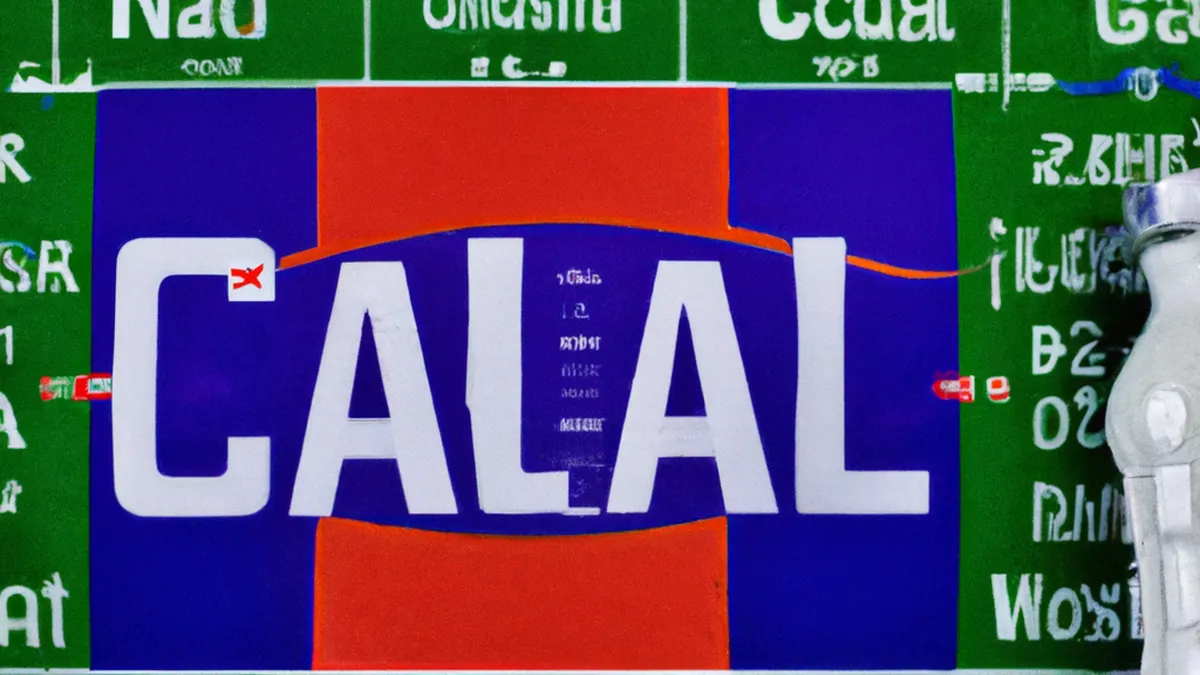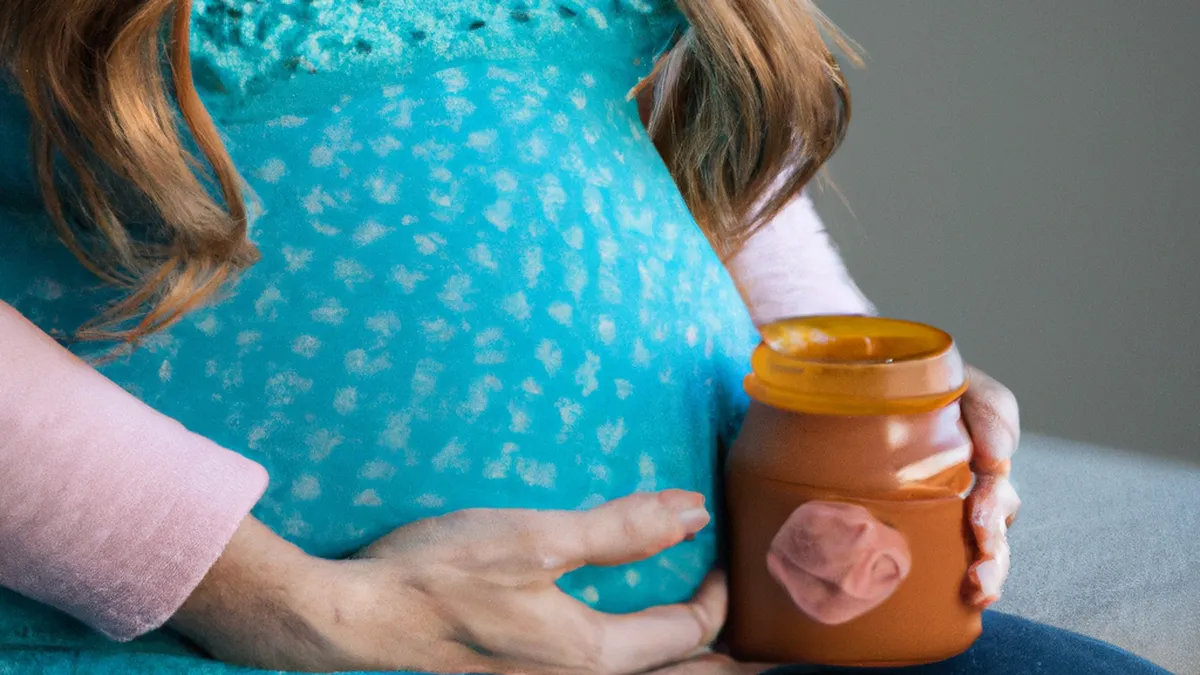Calcium-Rich Foods for Women’s Wellness
Osteoporosis Prevention Strategies for WomenOsteoporosis weakens bones, increasing fracture risk. This “silent disease” shows no symptoms until a fracture occurs. Women face higher osteoporosis risk, especially post-menopause, due to hormonal changes. Women can implement various strategies to prevent this condition. This blog discusses effective osteoporosis prevention strategies for women.
Understand Your Risk Factors
First, understand your individual risk factors. Some risk factors are genetic, while others relate to lifestyle and can be modified.
Genetic Risk Factors
Family history significantly influences your osteoporosis risk. If your mother or grandmother had osteoporosis or hip fractures, your risk increases. Certain ethnic groups, like Caucasian and Asian women, also face higher risks.
Lifestyle Risk Factors
Several lifestyle factors contribute to bone loss:- **Low Body Weight**: A BMI below 19 increases osteoporosis risk.- **Sedentary Lifestyle**: Engage in weight-bearing and strength-training exercises to maintain bone density.- **Smoking**: Tobacco use harms bone health and accelerates bone loss.- **Excessive Alcohol Consumption**: Heavy drinking interferes with calcium absorption and hormone regulation.Recognizing these factors helps you make informed health decisions.
Nutrition for Strong Bones
As an Amazon Associate I earn from qualifying purchases.
Gear tip: consider chair yoga strap, walking poles, and hand grip strengthener to support this topic.
A balanced diet maintains bone health. Focus on calcium and vitamin D, which play crucial roles in bone formation.
Calcium-Rich Foods
Calcium, the most abundant mineral in the body, is vital for bone health. Women should aim for 1,000 mg daily, increasing to 1,200 mg after age 50. Good calcium sources include:- **Dairy Products**: Milk, yogurt, and cheese provide traditional sources.- **Leafy Greens**: Kale, broccoli, and bok choy contain significant calcium.- **Fortified Foods**: Many plant-based milks (almond, soy, oat) and orange juice are calcium-fortified.Incorporate a variety of these foods into your meals to meet calcium needs.
Vitamin D Sources
Vitamin D is essential for calcium absorption. Without adequate vitamin D, your body cannot effectively utilize calcium. Sources of vitamin D include:- **Sunlight**: Skin produces vitamin D when exposed to sunlight. Aim for 15-20 minutes of sun exposure a few times weekly.- **Fatty Fish**: Salmon, mackerel, and sardines are rich in vitamin D.
Conclusion
Women can prevent osteoporosis through understanding risk factors and maintaining proper nutrition. Prioritize calcium and vitamin D for strong bones.
Below are related products based on this post:
FAQ
What is osteoporosis and why is it a concern for women?
Osteoporosis is a condition that weakens bones, increasing the risk of fractures. It is particularly concerning for women, especially after menopause, due to hormonal changes that heighten their risk.
What are the main risk factors for osteoporosis?
Risk factors for osteoporosis can be genetic or lifestyle-related. Genetic factors include family history and ethnicity, while lifestyle factors include low body weight, a sedentary lifestyle, smoking, and excessive alcohol consumption.
What dietary components are important for preventing osteoporosis?
Calcium and vitamin D are crucial for bone health. Women should aim for 1,000 mg of calcium daily, increasing to 1,200 mg after age 50, and ensure adequate vitamin D intake to enhance calcium absorption.















Post Comment